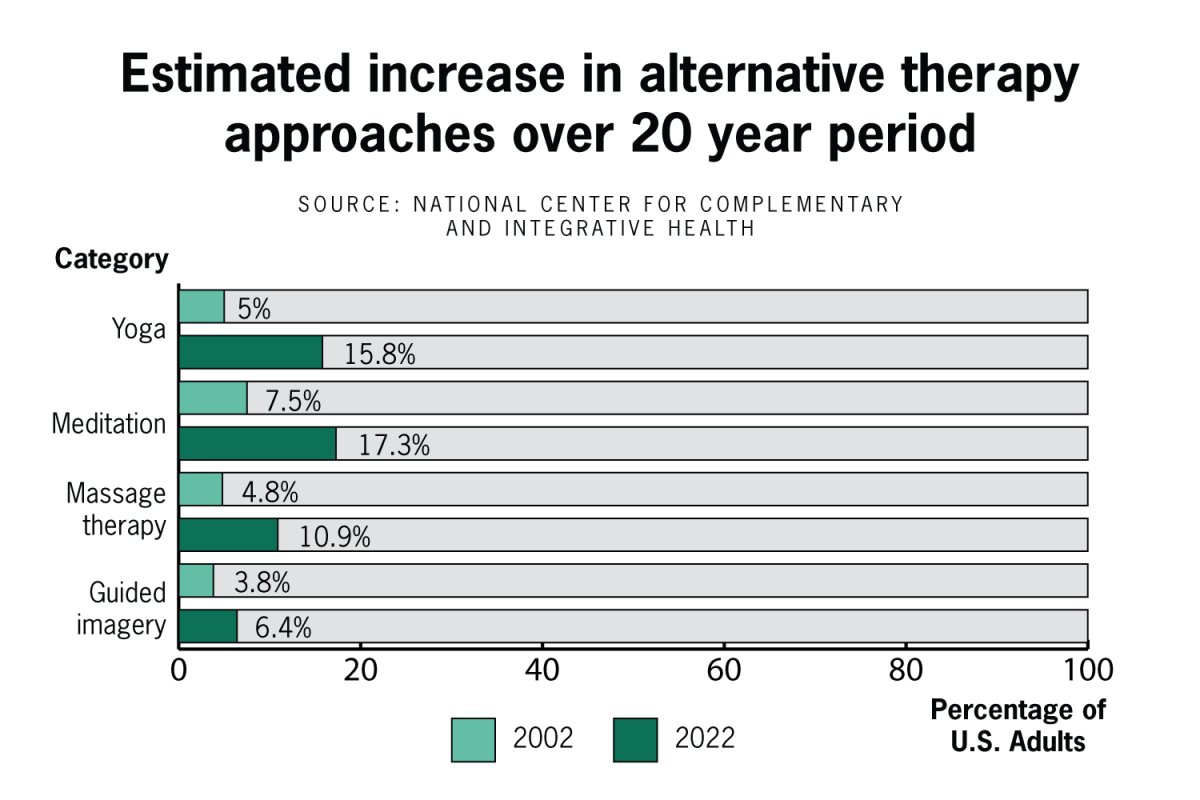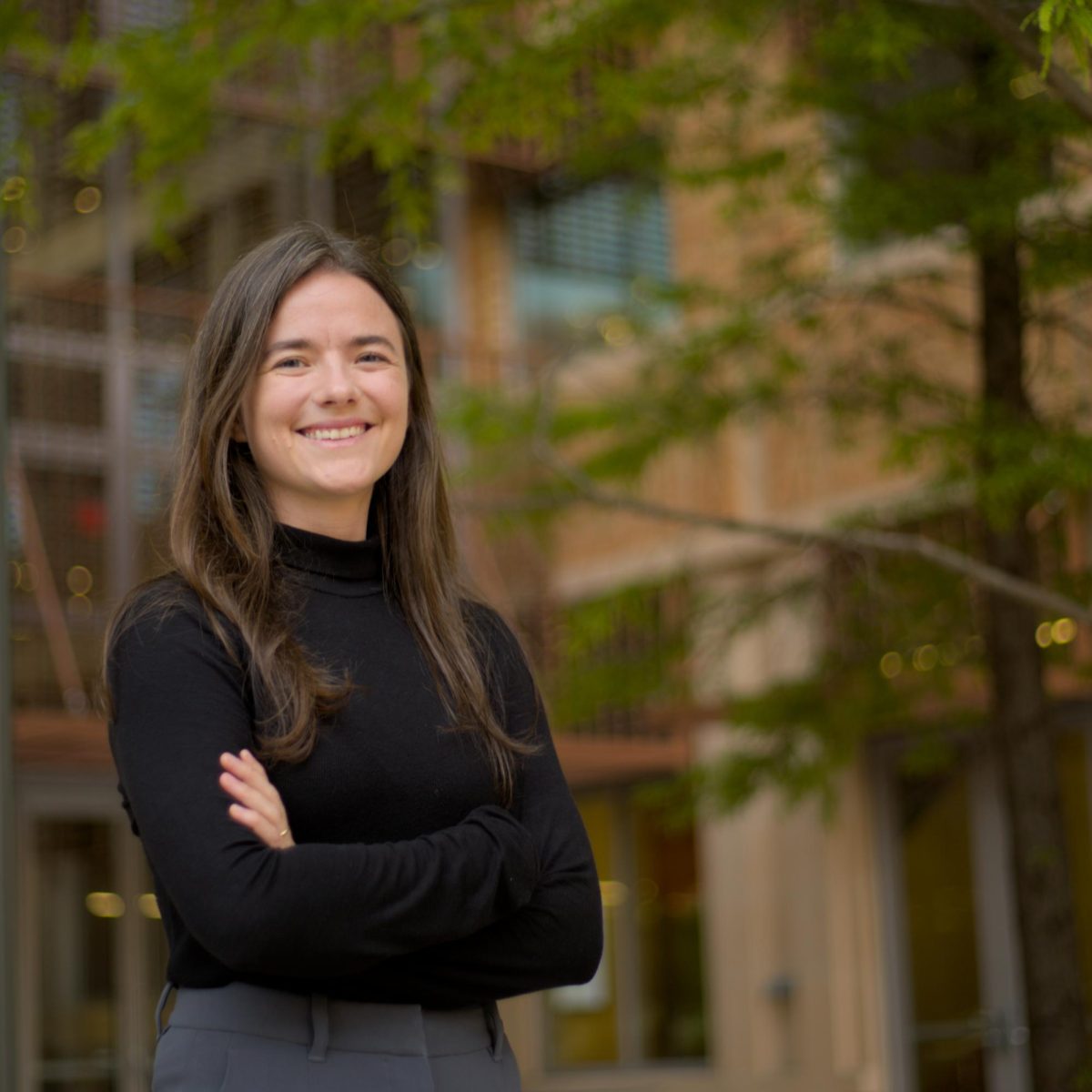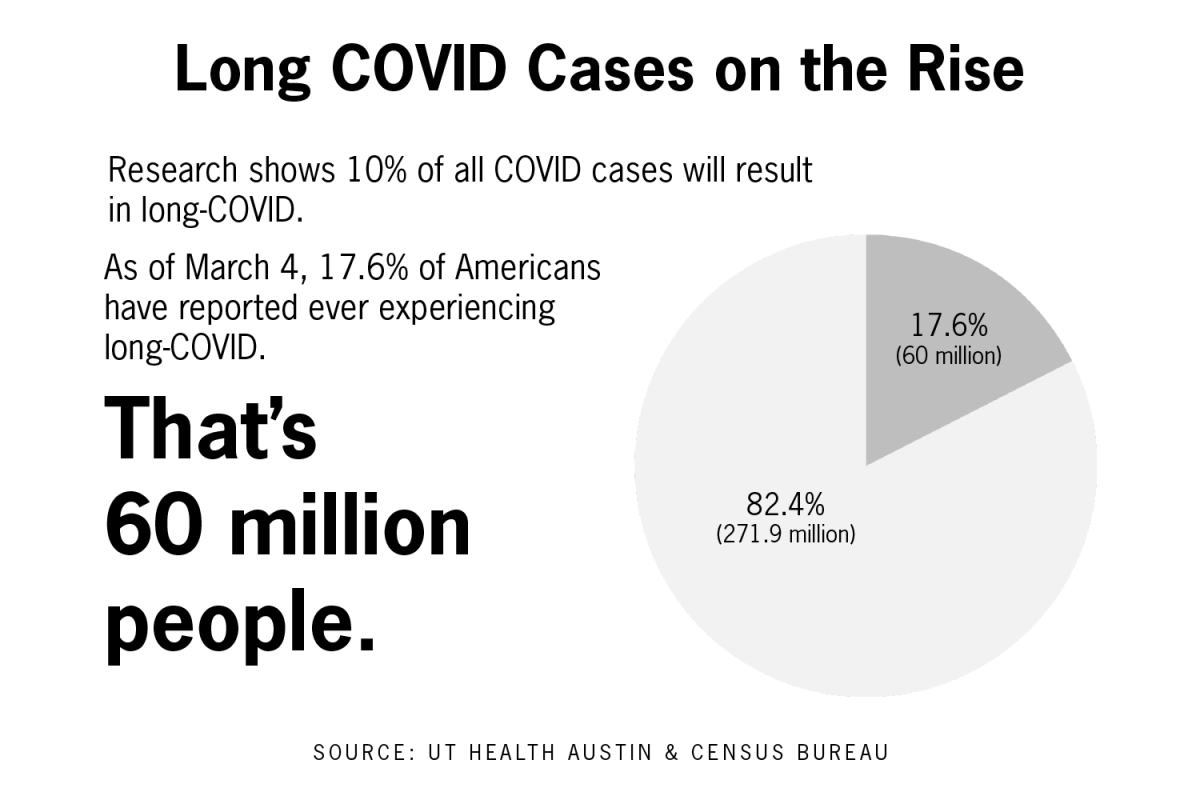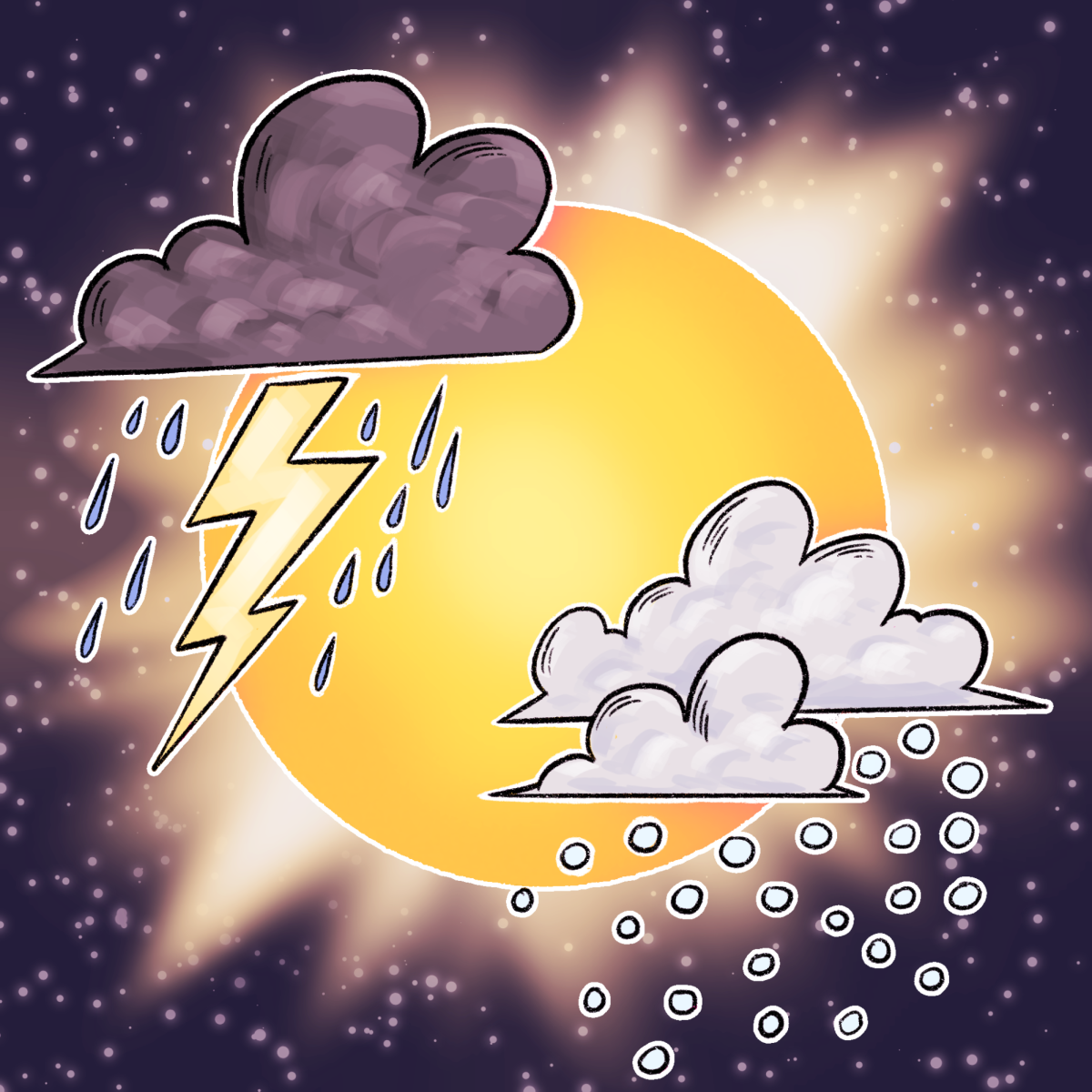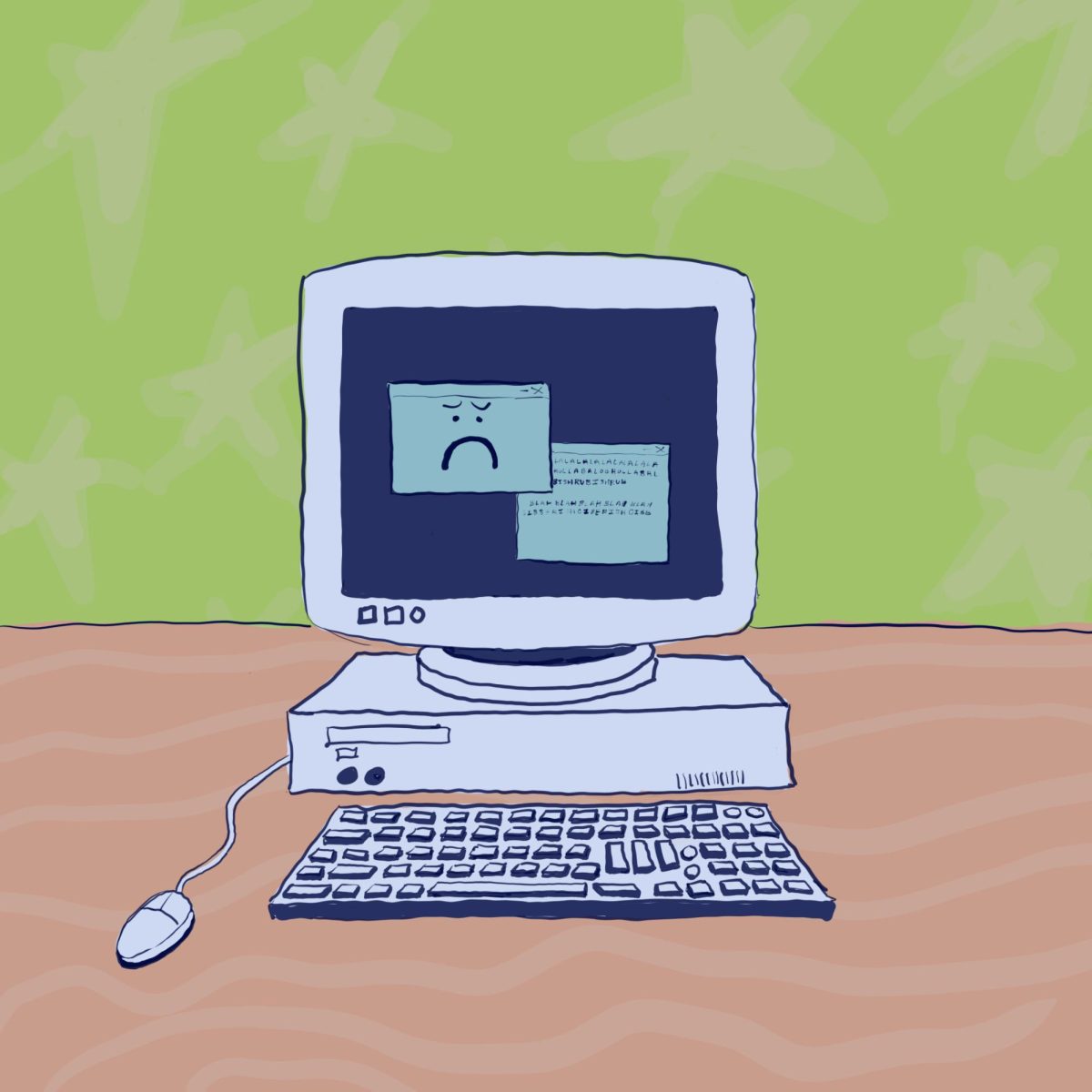A greater percentage of U.S. adults are using complementary health approaches, such as yoga and meditation, according to a study published last month in the Journal of the American Medical Association.
The study examined findings collected over 20 years, using data from the National Health Interview Survey, which monitors changes in the overall health of the U.S. population. This survey allowed researchers to track the number of U.S. adults who reported using any of the seven complementary health approaches, including yoga, meditation, acupuncture, chiropractic care, guided imagery, massage therapy and naturopathy.
The use of yoga overall among the U.S. adult population had the largest increase, from 5.0% in 2002 to 15.8% in 2022. Yoga is a great way to manage pain and treat injuries because it emphasizes both physical and mental strength, said Zoe Mantarakis, assistant professor of practice in the Department of Kinesiology.
“I teach my classes in a really inclusive way, where I want everyone with a body to feel like they’re welcome,” Mantarakis said. “If you show up with an injury, I’m going to tell you how to modify or skip a pose (so) you don’t have to isolate yourself because you’re having issues.”
The second most reported complementary health approach used overall was meditation. Mantarakis said her classes teach deep breathing and introspection techniques to help students relieve anxiety and stress. These techniques can be an effective complement to traditional medicine, which may help explain why adults are increasingly open to alternative therapies, Mantarakis said.
“Rather than taking a pill that helps you calm down chemically, you could try breathing meditation to see if that helps (anxiety),” Mantarakis said. “The drawback is that these tools take longer but often they can be effective if you’re willing to take the slower approach.”
Eva Sharma, a business honors sophomore, is the president of Bhakti Yoga, a yoga and meditation organization on campus committed to the holistic connection of body, mind, intellect and soul. Sharma said this organization has instilled in her stress-relieving techniques she uses in her everyday life.
“My mental health has been way better because I’ve had this organization every other week to release my stress and just reset,” Sharma said.
Sharma said in addition to the physical benefits of complementary health approaches, the internal aspects can be equally as important, especially for reflection on personal goals and motivations.
“(Yoga and meditation) allow me to be more motivated and ambitious,” Sharma said. “That’s what I love about the club — it’s given me some sort of a purpose to life.”



